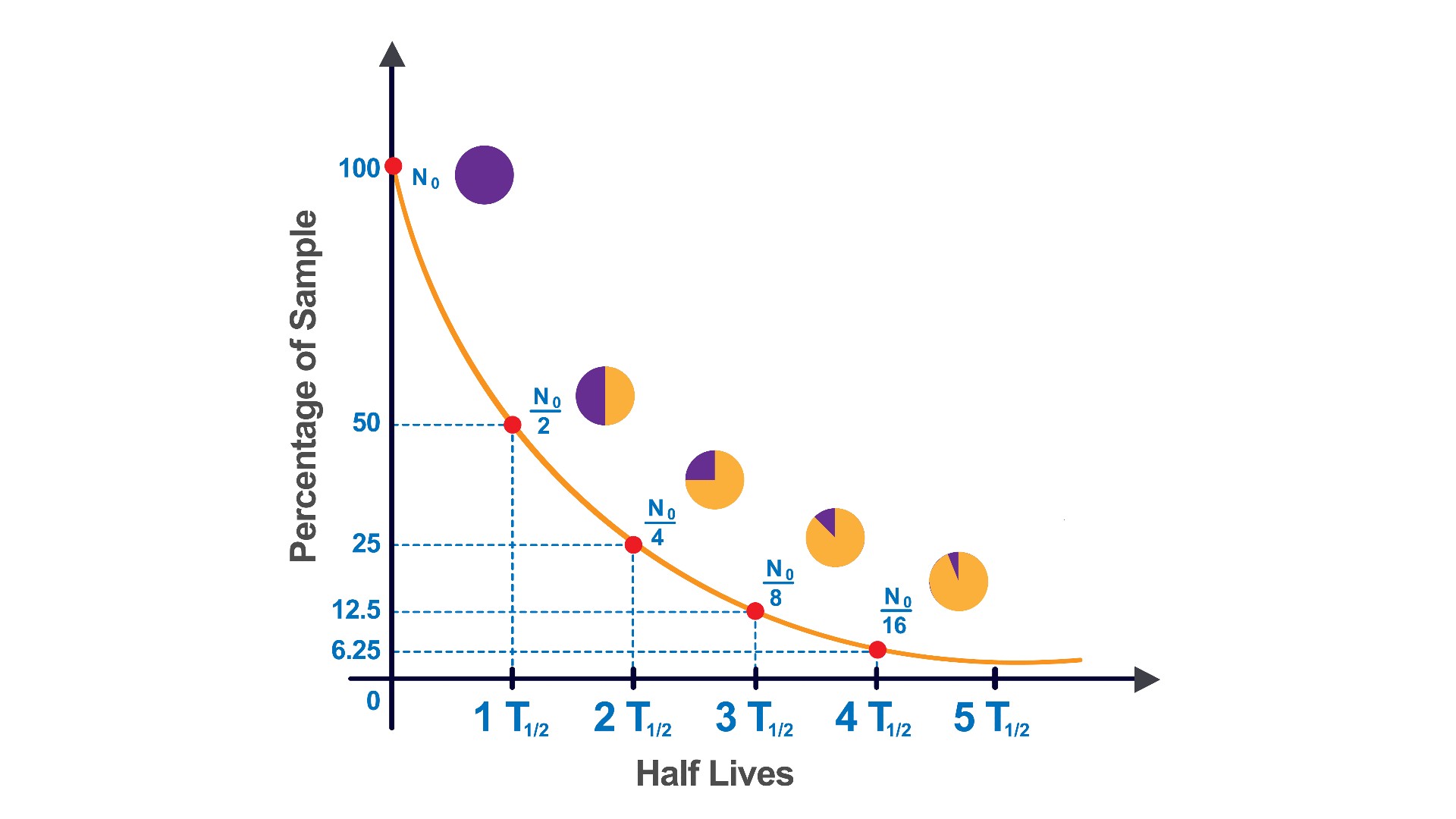
Scientists have discovered and synthesized an entirely new isotope of the highly radioactive element uranium. But it might last only 40 minutes before decaying into other elements.
The new isotope, uranium-241, has 92 protons (as all uranium isotopes do) and 149 neutrons, making it the first new neutron-rich isotope of uranium discovered since 1979. While atoms of a given element always have the same number of protons, different isotopes, or versions, of those elements may hold different numbers of neutrons in their nuclei. To be considered neutron-rich, an isotope must contain more neutrons than is common to that element.
Uranium is in the class of elements in the periodic table known as "actinides," which have proton counts between 89 and 103. All actinides are radioactive, but uranium is one of the four most radioactive elements, alongside radium, polonium and thorium.
"We measured the masses of 19 different actinide isotopes with a high precision of one part per million level, including the discovery and identification of the new uranium isotope," Toshitaka Niwase, a researcher at the High-energy Accelerator Research Organization (KEK) Wako Nuclear Science Center (WNSC) in Japan, told Live Science in an email. "This is the first new discovery of a uranium isotope on the neutron-rich side in over 40 years."
Related: Lightest known form of uranium created

Niwase is the lead author of a study on the new uranium isotope, which was published March 31 in the journal Physical Review Letters.
Isotopes can be stable, meaning they keep their atomic configuration, or unstable, meaning they decay and break down into other elements by gaining or shedding protons. Decay rates are measured by an isotope's half-life, or the time it takes for half the material to decay into other elements. After two half-lives, a quarter of the material remains; after three, an eighth, and so on.
The team hasn't yet measured the half-life of uranium-241, but theoretical estimates put it at around 40 minutes, Niwase said. This is somewhat short for a half-life. (For reference, the half-life of carbon-14 is 5,730 years, the half-life of the very unstable isotope technetium-99m is six hours and the half-life of francium-223 is 22 minutes. The fastest-decaying isotope, hydrogen-7, is half gone in just 10^-23 seconds.)
Niwase and colleagues created the uranium-241 by firing a sample of uranium-238 at platinum-198 nuclei at Japan's RIKEN accelerator. The two isotopes then swapped neutrons and protons — a phenomenon called "multinucleon transfer."
The team then measured the mass of the created isotopes by observing the time it took the resulting nuclei to travel a certain distance through a medium. The experiment also generated 18 new isotopes, all of which contained between 143 and 150 neutrons.
Niwase acknowledged that uranium-241 probably doesn't have many useful practical or scientific implementations, as the isotope is created in extremely small numbers.







